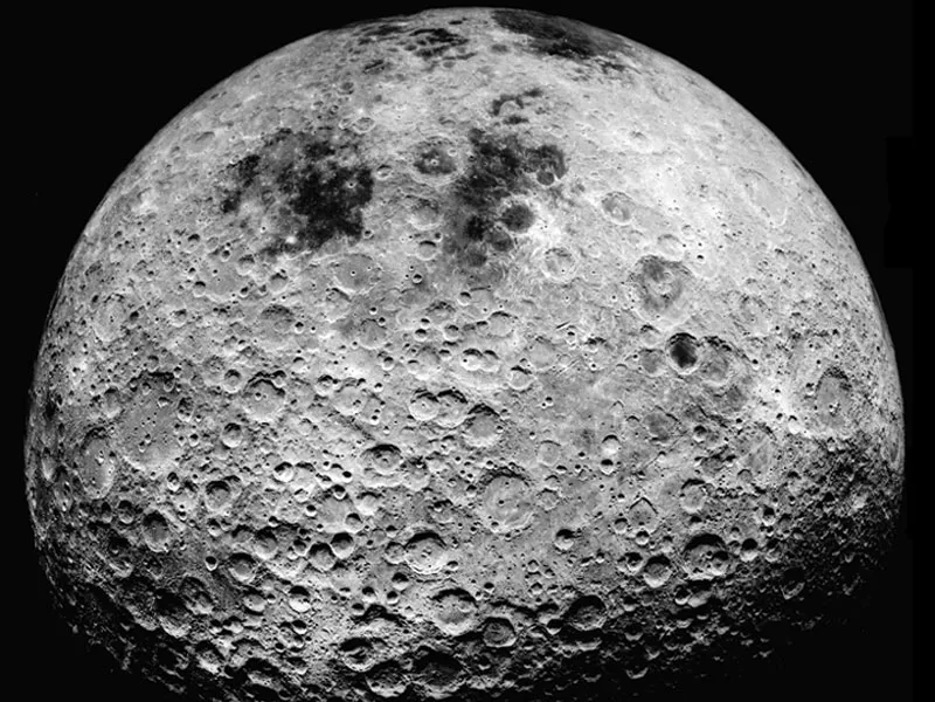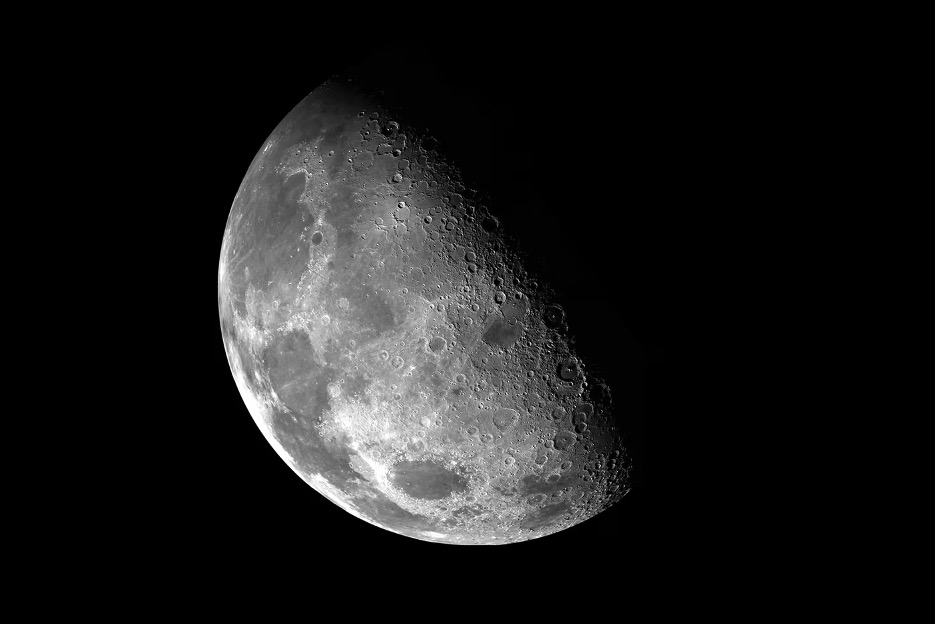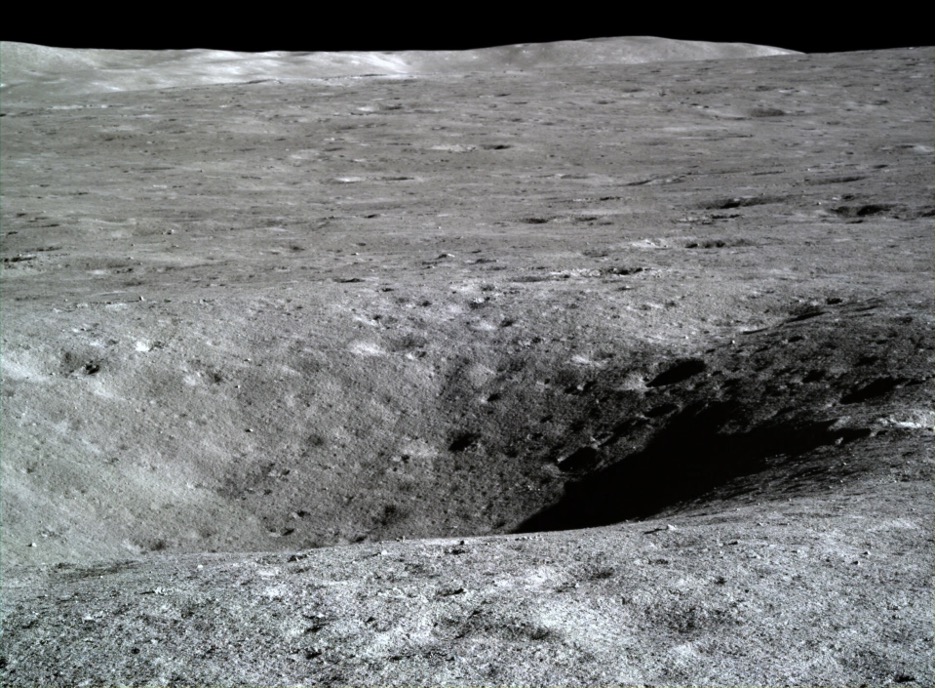Why do we only see one side of the Moon?
30th Jun 2023
In 1973, Pink Floyd gave the world one of the most significant albums in the history of rock music – The Dark Side of the Moon. Although the work was in no way directly related to the Earth’s satellite, its title was inspired by a an observational discovery — our satellite always faces us on one side.
Why do we only see one side of the Moon, what is on its other side, and why is it called the dark side? Find out with Orbital Today.
How do we see the Moon?

We see the Moon primarily because it reflects sunlight. When sunlight reaches our satellite, it bounces off its surface and travels to our eyes, allowing us to perceive it. This reflected light is what makes the Moon visible to us from Earth. But just partially visible. Why? It is not because of the phases of the Moon which affect the change in the appearance of the sunlit part of the Moon in the Earth’s sky. The reason is a unique natural phenomenon, which is popularly called the dark side of the Moon.
What is the dark side of the Moon?
The ‘dark side’ is the area of the lunar surface that never turns toward the Earth. This unusual feature of the satellite was first described at the end of the 19th century by astronomer George Darlington. Watching lunar craters and other terrain features through a telescope, the scientist found that their location does not change. This allowed him to assume that the satellite constantly faces the Earth on the same side.
The final confirmation of the phenomenon was received in 1959 when the Soviet uncrewed Luna-3 mission first photographed the other side of the Moon and transmitted these images to Earth. This is how humanity learned about the dark side of the Moon.
Is there a dark side of the Moon?
No, there is no ‘dark side’ of the Moon, as in a side that never sees light. The entire surface of the satellite reflects sunlight, too, although only by 12%. So, in the night sky, our satellite can seem dimmer than the Sun and other stars, which, although they are much further away, radiate their own light. The term ‘dark side of the Moon’ only means the other side of the Moon, which we cannot see from Earth. We’ll just call it ‘the other side of the Moon’ now.
Why do we never see the other side of the Moon?
The thing is that the period of our satellite’s rotation around its axis is equal to its orbital period around the Earth. This phenomenon is called tidal capture or synchronous rotation. The main factor influencing tidal capture is the gravitational interaction between the Earth and its natural satellite. Over billions of years, the Earth’s gravitational forces have caused the satellite’s rotation to slow down and synchronize with its orbital period, causing it to always face us the same way.
What does the other side of the Moon look like and why?
As photographs from Luna 3, and later of other lunar missions, in particular Apollo 11, showed, the other side of the Moon is very different from the one that we see; maria (lunar seas, or flat areas with a darker surface, consisting of old lava flows) are almost completely absent on it. The surface here is almost entirely dotted with mountains and craters; there are more craters located within other craters or piled on top of each other in a chaotic, uneven terrain. For example, the 2400×2050 km South Pole-Aitken crater is the largest on the lunar surface and one of the largest in the solar system.
Scientists believe that the reason for such relief is more intense bombardment by meteorites and a thicker layer of the crust.
Look at the photos of the dark side of the Moon below. They look really severe!


Do all countries see the same side of the Moon?
Yes, regardless of geographical location, the visible side of the Moon from Earth always looks more or less the same. The view may differ slightly depending on the observer’s latitude, but the overall perspective of our satellite remains the same. With one tiny exception.
Because of its elongated orbit, once every month, the Moon drifts a little and slightly opens its right side to us, and after half a month — the left side. These fluctuations are called librations. Because of them, it is possible to observe not half but almost 60% of our satellite’s surface from Earth.
Do we ever see both sides of the Moon?
Yes, but only from space. We can see the both sides of the Moon only as pictures of the Earth’s satellite, taken by spacecraft from different angles. But from Earth, it is impossible to see both sides of the Moon. Scientists suggest, however, that this was not always the case.
Before the Earth took the Moon into a “tidal hold,” our satellite could rotate. And in about 5 billion years, the Earth will also be turned to the satellite on one side, and on the other side of the Earth, it will not be visible. If, of course, there will be anyone left to watch.
Final thoughts
Even though we cannot see the other side of the Moon from Earth, humanity has found a way to sneak a peek to whet our curiosity. The secret of the dark side of the Moon is revealed, but the universe is full of other hidden places. This means that the space journey promises to be long and exciting, and the world will witness many more art masterpieces inspired by amazing discoveries. In the meantime, let’s listen to the legendary Pink Floyd album. It’s worth it.
![Beauty of the Pink Moon And Lyrid Meteor Shower in This Week’s Best Astrophotos [19-26 April] Beauty of the Pink Moon And Lyrid Meteor Shower in This Week’s Best Astrophotos [19-26 April]](https://orbitaltoday.com/wp-content/uploads/2024/04/Pink-Moon-is-on-its-way-above-the-mountains-1-300x300.jpg)





Thank you for your comment! It will be visible on the site after moderation.